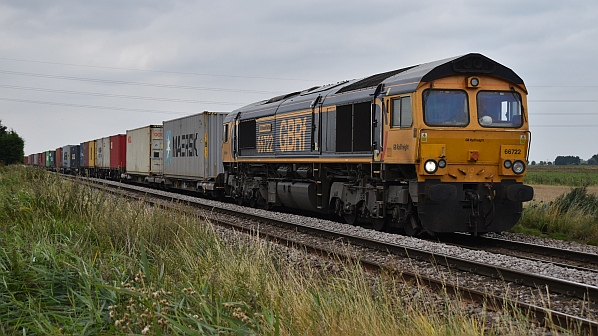THERE is now more freight being transported by rail in Britain than before the pandemic according to figures released on September 23.
According to the British regulator the Office of Road and Rail (ORR), a total of 4.33 billion net tonne-km of freight was moved across the network between April 1 and June 30 this year. This is an increase of 36.5% compared with the same quarter in 2020, and a 1.3% increase compared with the same period in 2019.
Construction products moved by rail freight operators increased by 77.8% in the second quarter of 2021 compared with the same period last year, the biggest increase for any commodity, which the ORR puts down to the start of HS2 work.
Domestic intermodal, including the transport of freight to and from Britain’s ports, had the largest share of freight moved at 37.9%. However, despite a 22.5% increase in volumes since the same quarter last year, there has been a reduction of 3.8% compared with the same period in 2019. The ORR says this decline is the result of disruption to world trade due to Covid-19 including a global shortage of containers.
Once the top commodity transported by rail, coal continues its downward trend, reducing by 65.2% compared with April to June 2019.
While oil and petroleum freight has recovered to an extent, with an increase of 44.2% compared with the same period in 2020, it still recorded a 9.7% decrease compared with the same period in 2019. The ORR puts this down to the continued impact of Covid-19 on the aviation sector.
Reduced car production, component supply shortages and staff absence are thought to be behind the 29.8% decrease in volume for international traffic in the second quarter of 2021 compared with the same period two years ago.
DB Cargo UK remains the operator with the most freight train-km, at 2.97 million for the second quarter of 2021. This is a 37% increase against the same period last year. It is followed by GB Railfreight with 1.98 million train-km (a 48.6% increased against last year), with Freightliner in third with 1.80 million train-km (a 14.1% increase).

